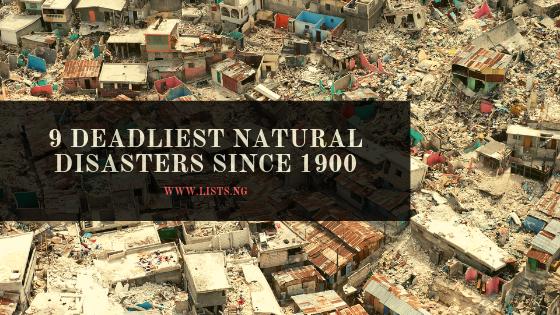Natural disasters are sudden events that cause widespread destruction, major collateral damage or loss of life. They are brought about by the forces of nature, rather than human actions. A natural disaster might be caused by earthquakes, flooding, volcanic eruption, landslide, hurricanes and so on.
Several devastating natural disasters have occurred throughout history with varying extents and proportions. This list focuses on most ruinous natural disasters that have hit earth since the start of the 20th century.
See the list below.
1. China floods (China)
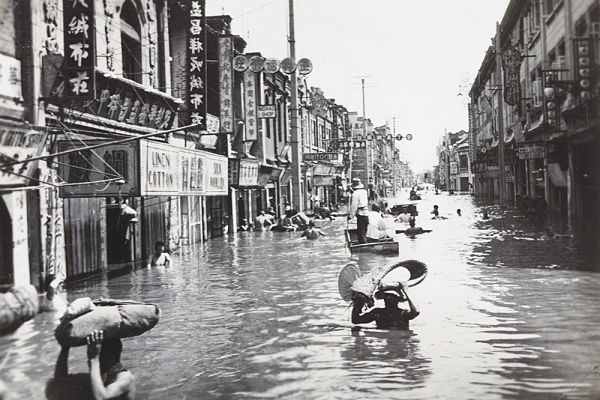
July 1931
Death toll: 1,000,000–4,000,000
The 1931 China floods, or the 1931 Yangtze–Huai River floods, were a series of devastating floods that occurred in the Republic of China. They were some of the deadliest floods in history, and together formed one of the most lethal natural disasters of the 20th century. Estimates of the total death toll range from 422,499 to between 3.7 million and 4 million.
2. Bhola cyclone (Bangladesh)
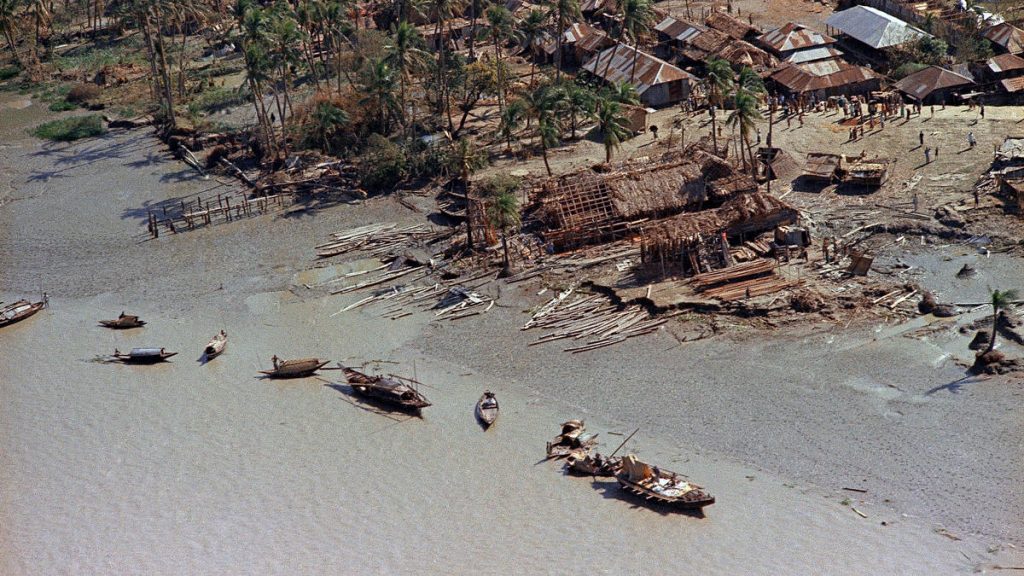
November 1970
Death toll: over 500,000
The 1970 Bhola cyclone was a devastating tropical cyclone that struck East Pakistan and India’s West Bengal on November 3, 1970. It remains the deadliest tropical cyclone ever recorded and one of the deadliest natural disasters. At least 500,000 people lost their lives in the storm, primarily as a result of the storm surge that flooded much of the low-lying islands of the Ganges Delta. This cyclone was the sixth cyclonic storm of the 1970 North Indian Ocean cyclone season, and also the season’s strongest.
3. Haiti earthquake (Haiti)

January 12, 2010
Death toll: 316,000
The 2010 Haiti earthquake was a catastrophic magnitude 7.0 Mw earthquake, with an epicenter near the town of Léogâne (Ouest) and approximately 25 kilometres (16 mi) west of Port-au-Prince, Haiti’s capital. The earthquake occurred at 16:53 local time on Tuesday, 12 January 2010. An estimated three million people were affected by the quake. and death toll estimates range from 100,000 to 316,000. Notable landmark buildings were significantly damaged or destroyed, including the Presidential Palace, the National Assembly building, the Port-au-Prince Cathedral, and the main jail.
4. Haiyuan earthquake (China)

December 16, 1920
Death toll: 273,400
1920 Haiyuan earthquake occurred on December 16 in Haiyuan County, Ningxia Province, Republic of China. It was also called the 1920 Gansu earthquake because Ningxia was a part of Gansu Province when the earthquake occurred. Nearly all the houses collapsed in the cities of Longde and Huining. Damage occurred in seven provinces and regions, including the major cities of Lanzhou, Taiyuan, Xi’an, Xiningand Yinchuan.
5.Tangshan earthquake (China)
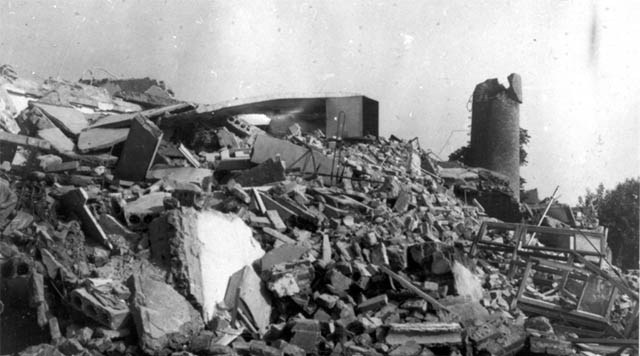
July 28, 1976
Death toll: 242,769–655,000
The 1976 Tangshan earthquake, also known as Great Tangshan earthquake, was a natural disaster resulting from a magnitude 7.6 earthquake that hit the region around Tangshan, Hebei, People’s Republic of China on July 28, 1976, at 3:42 in the morning. In minutes the city of Tangshan, an industrial city with approximately one million inhabitants, ceased to exist. Eighty-five percent of the buildings in the city collapsed or were unusable, all services failed, and most of the highway and railway bridges collapsed or were seriously damaged. At least 242,000 people died, making this the third deadliest earthquake in recorded history.
6. Typhoon Nina (China)
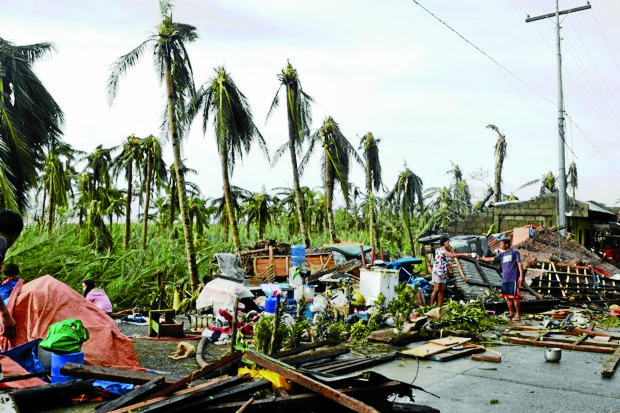
August 7, 1975
Death toll: 229,000
Typhoon Nina, known in the Philippines as Typhoon Bebeng, was the fourth-deadliest tropical cyclone on record. At least 229,000 people died after the Banqiao Dam collapsed and devastated areas downstream. The collapse of the dam due to heavy floods also caused a string of smaller dams to collapse, adding more damage caused by the typhoon.
7. Indian Ocean earthquake and tsunami
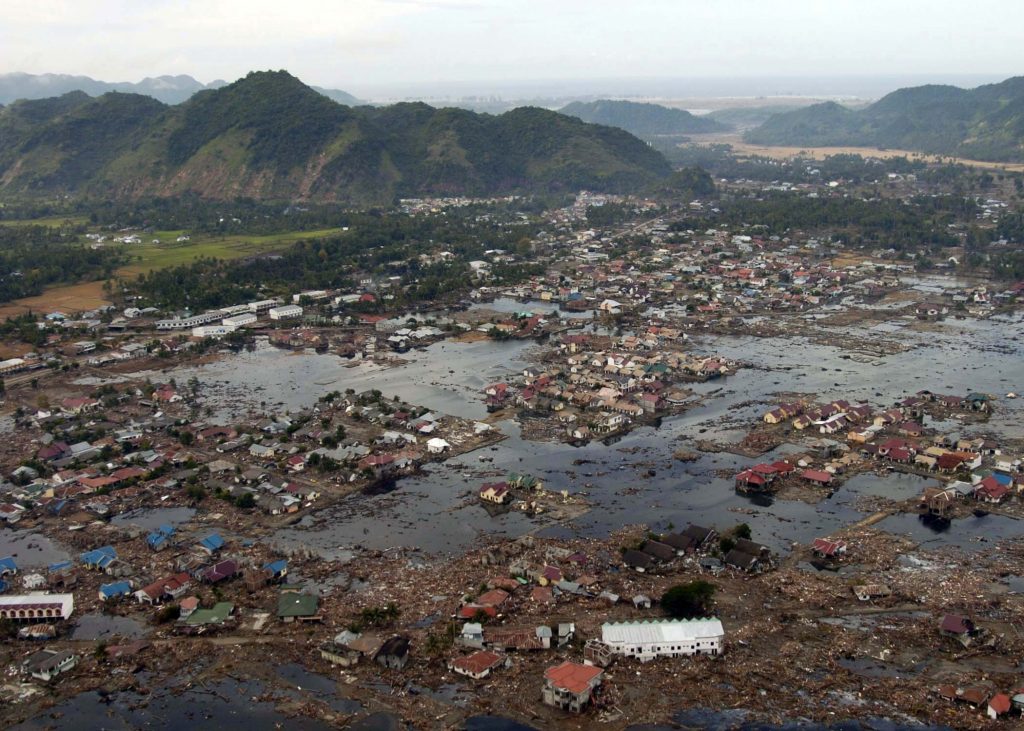
December 26, 2004
Death toll: 227,898
The 2004 Indian Ocean earthquake and tsunami occurred at 00:58:53 UTC on 26 December, with an epicentre off the west coast of northern Sumatra. The earthquake was caused by a rupture along the fault between the Burma Plate and the Indian Plate. Communities along the surrounding coasts of the Indian Ocean were seriously affected, and the tsunamis killed an estimated 227,898 people in 14 countries. The earthquake was one of the deadliest natural disasters in recorded history and its direct results caused major disruptions to living conditions and commerce, particularly in Indonesia, Sri Lanka, India, and Thailand.
8. Great Kantō earthquake (Japan)
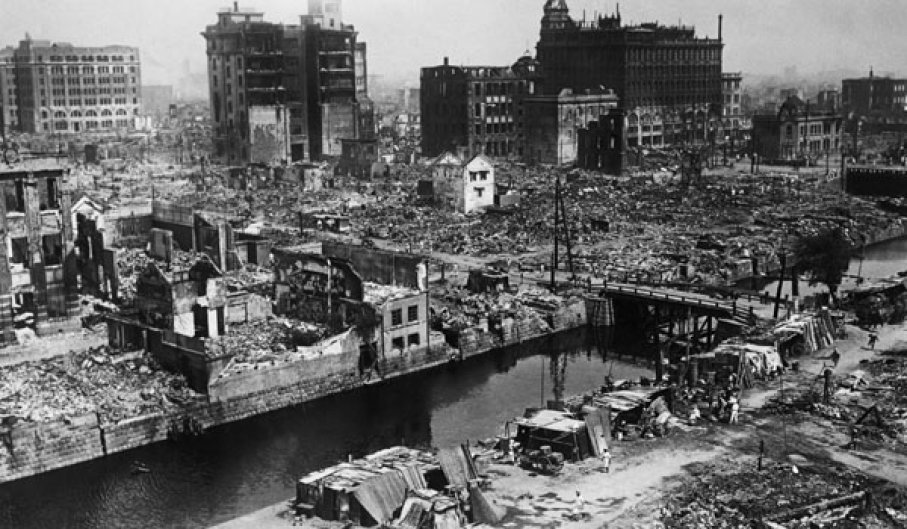
September 1, 1923
Death toll: 143,000
The Great Kantō earthquake struck the Kantō Plain on the Japanese main island of Honshū at 11:58:44 JST on Saturday, September 1, 1923. Varied accounts indicate the duration of the earthquake was between four and ten minutes. This earthquake devastated Tokyo, the port city of Yokohama, and the surrounding prefectures of Chiba, Kanagawa, and Shizuoka, and caused widespread damage throughout the Kantō region.
9. Bangladesh cyclone (Bangladesh)
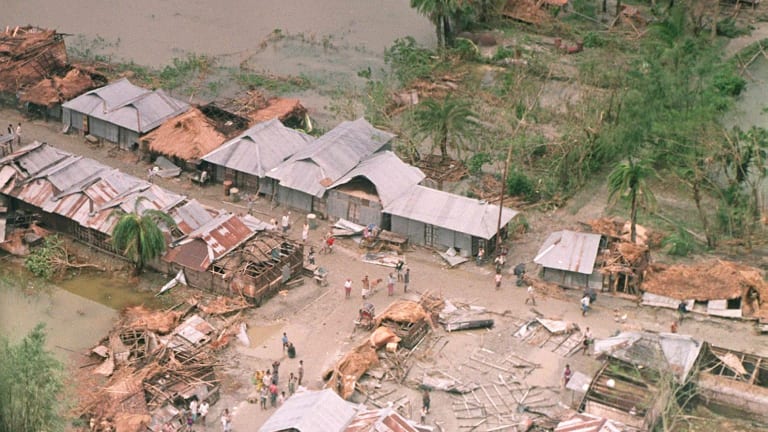
April 1991
Death toll: 138,866
The 1991 Bangladesh cyclone was among the deadliest tropical cyclones on record. The struck on the night of April 29, 1991, hitting the Chittagong district of southeastern Bangladesh with winds of around 250 km/h (155 mph). The storm forced a 6-metre (20 ft) storm surge inland over a wide area, killing at least 138,866 people and leaving as many as 10 million homeless. The storm caused an estimated $1.5 billion (1991 US dollars) in damage.


